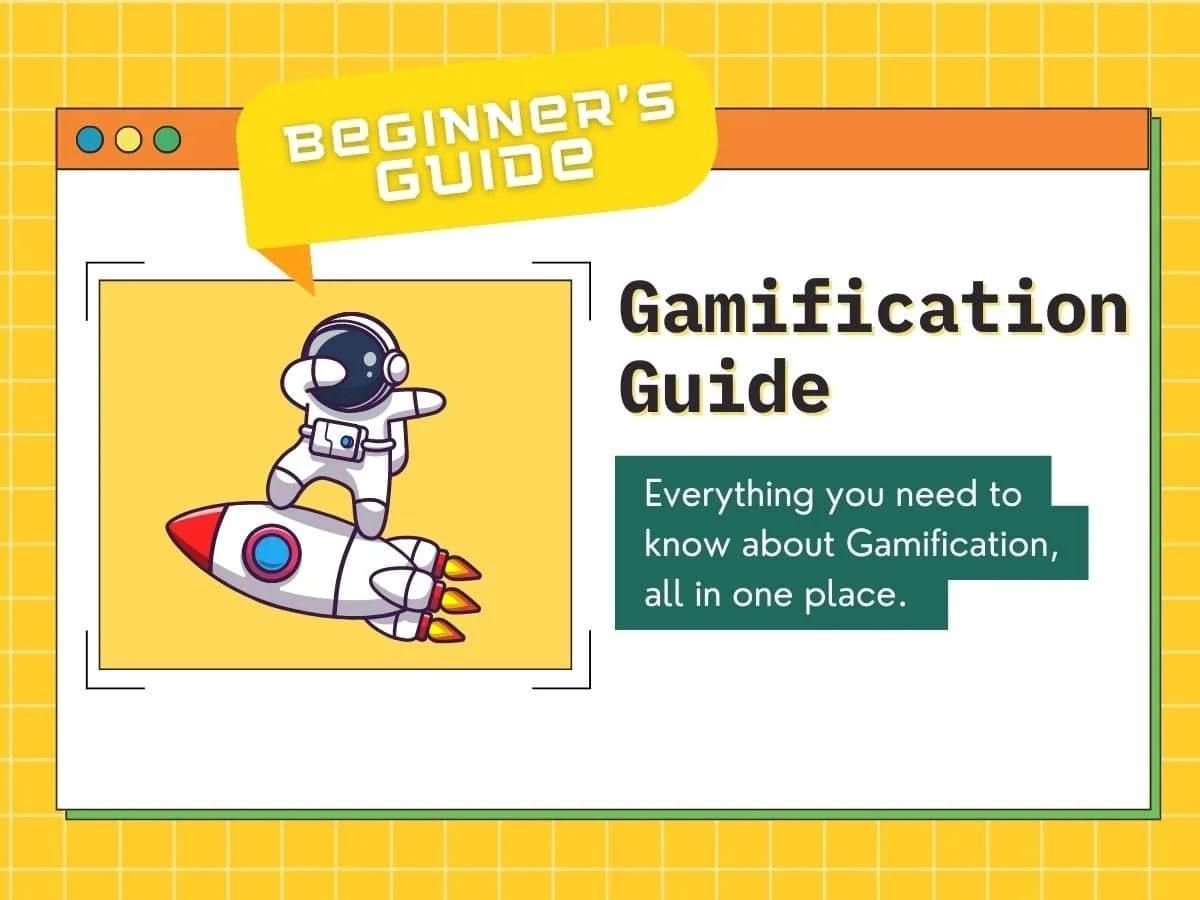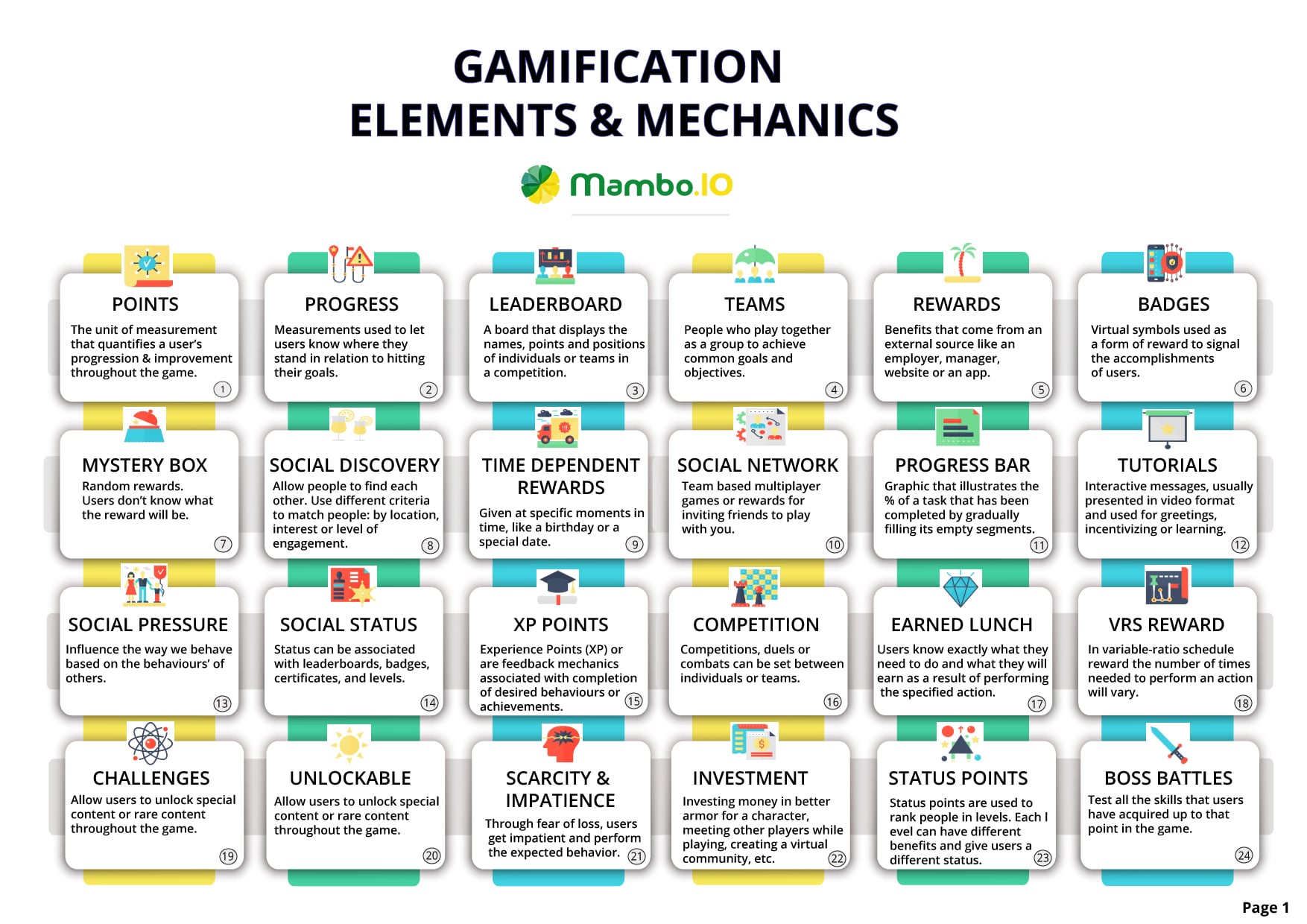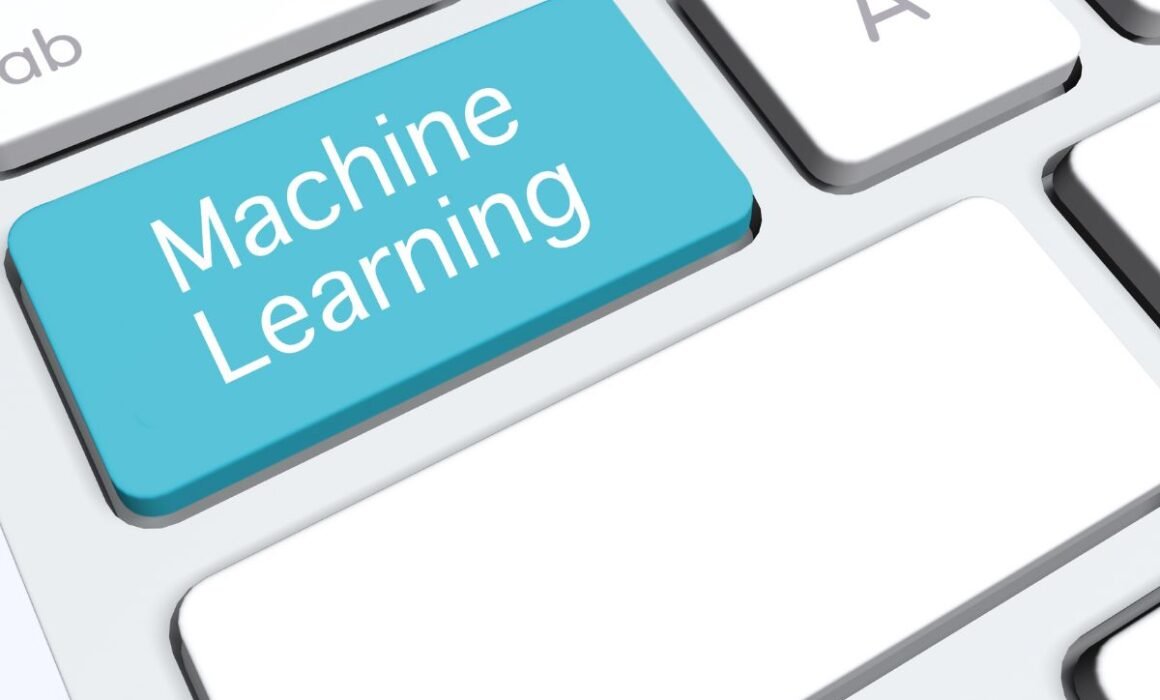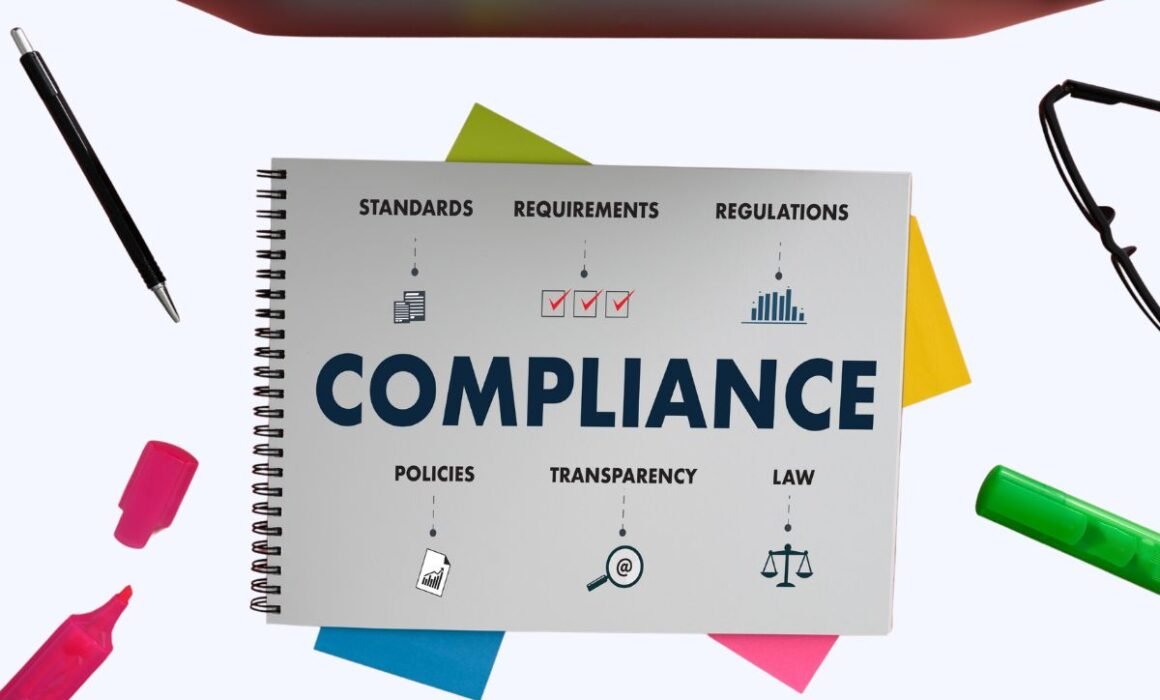Choosing The Right Gamification SaaS: A Buyer’s Handbook
Gamification SaaS is one of the go-to solutions of companies when they come across challenges when implementing gamification. It allows them to enjoy the benefits of gamification minus most of the trouble it brings.
More specifically, it offers a way to implement gamification without developing the necessary tools. In other words, you can skip a major step.
But then again, it adds an entirely new step, albeit simpler. That is, you have to look for the right gamification SaaS platform.
Luckily, It isn’t as difficult as creating an entire gamification infrastructure. But it still requires an understanding of the concept.
Read on as we discuss the definition of gamification SaaS when it is a viable option, and its potential benefits. We’ll also explore what to look for in a gamification SaaS company.
Table of Contents
- What is gamification SaaS?
- What does gamification SaaS offer?
- When is gamification SaaS fit for your company?
- What are the benefits of gamification SaaS?
- What to look for in a gamification SaaS platform
- Takeaways: gamification SaaS
- Machine Learning In Finance: 12 Essential Applications
- How To Create Interactive Compliance Training For Bank Employees
- How Fintech Apps Are Using Gamification To Increase User Engagement
- Top Gamification Companies for Employee & Customer Engagement
Let’s start with the definition.
What is gamification SaaS?
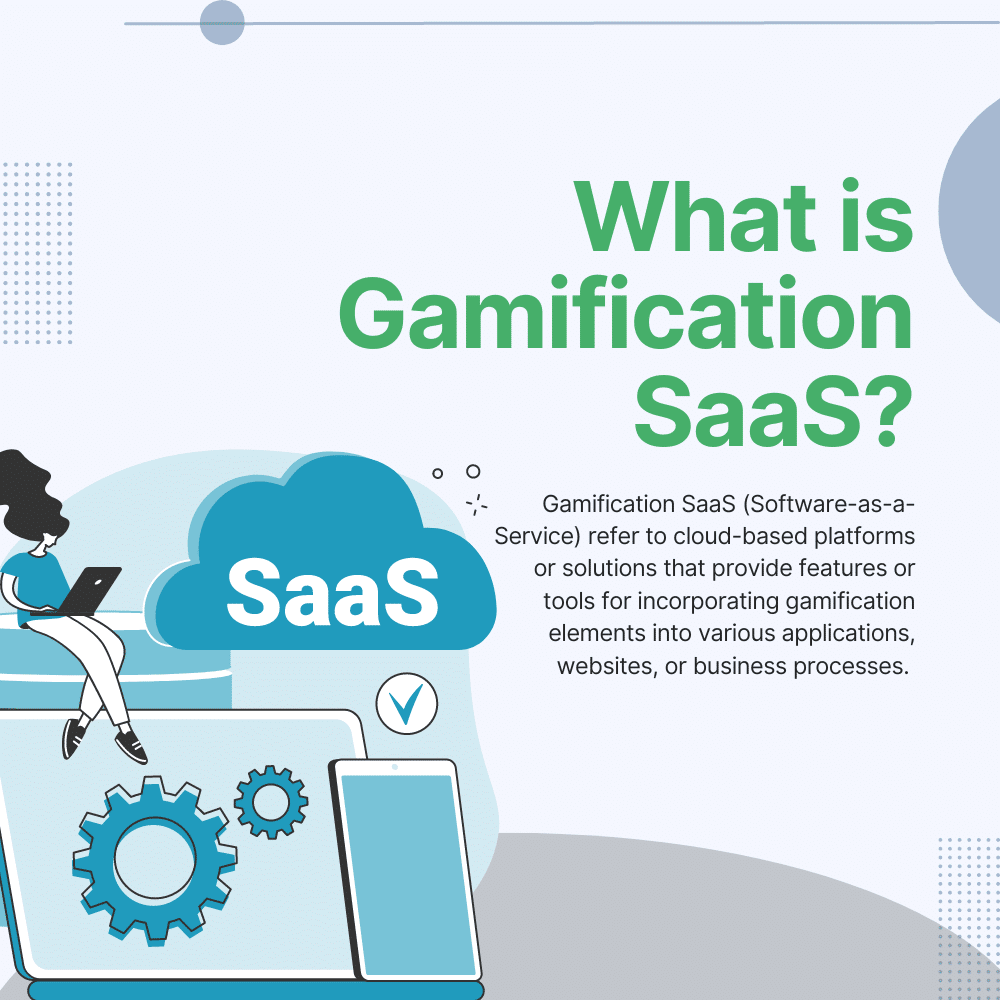
Gamification SaaS refers to cloud-based software solutions that provide clients all the tools they need to implement gamification.
Most service providers do this by offering many gamification features or tools in the form of APIs. These services often require a monthly subscription, much like most products following the SaaS model.
During subscriptions, organisations can use the gamification APIs as they wish via the internet, as if they are their own. It is an excellent alternative if the company does not intend to install the gamification infrastructure on-premise. It is completely remote.
Download your free
“Gamification Guide”
Get your PDF now and start transforming your approach to digital engagement!
What does gamification SaaS offer?
Though some may have unique offerings, most gamification SaaS platforms offer pre-made APIs for various game mechanics. These may include the following elements:
- Badges.
- Leaderboards.
- Challenges.
- Point systems.
- Levels.
Of course, there are many other gamification elements, but that’s the gist of it. We recommend looking into our cheat sheet instead if you want to delve deeper into this topic.
Gamification SaaS is one way to implement game design elements into your product. But then again, there is always the option to do it yourself, a.k.a. in-house.
So, when does gamification SaaS become the superior option?
When is gamification SaaS fit for your company?
It depends on the specifics of your planned gamification project.
That being said, as far as the SaaS option is concerned, it is often most suitable if:
- Your company lacks in-house experience and technology.
- You don’t plan to hire gamification experts or create a department solely for gamification.
- You intend to implement gamification to an already complex platform.
- You have a limited budget.
- Your team is already stretched too thin.
- You need to launch the newly-gamified platform soon.
- You estimate that you would need to scale up the gamification eventually.
These are just a few scenarios where gamification SaaS is the most viable option. To illustrate further, it would help to look into the benefits of gamification SaaS.
What are the benefits of gamification SaaS?

#1. Ready-made APIs and tools mean faster deployment
Like most software solutions that offer ready-made tools, gamification SaaS can lead to faster deployment. After all, rather than spending time developing the APIs from scratch, you skip that part and go straight to integration. And, of course, this leads to many benefits:
- It leads to a shorter project timeline and fewer work hours. This improvement, in turn, reduces the expenses related to employee salaries.
- You can release the product earlier rather than sooner. It’s a particularly useful benefit for companies whose deadlines are fast approaching.
- You can move on with other, perhaps more important, business objectives. After all, you don’t want to stick to one project for a long time.
Faster deployment, or convenience, is arguably the core benefit of gamification SaaS. But even then, you must recognise the other benefits that may be as important.
Download your free
“108 Gamification Elements and Mechanics”
Get your cheat sheet and have a quick reference at your fingertips!
#2. Gamification SaaS platforms offer more comprehensive frameworks
One will always be objectively better between two APIs or tools that are functionally the same. Let’s say, for example, there are two APIs which integrate the leaderboard function.
One API can only display the top learners who garnered the most points. Meanwhile, the other API allows you to customise the criteria. You can, for instance, base the results on points, completion rates, or badges. The latter is superior to the former.
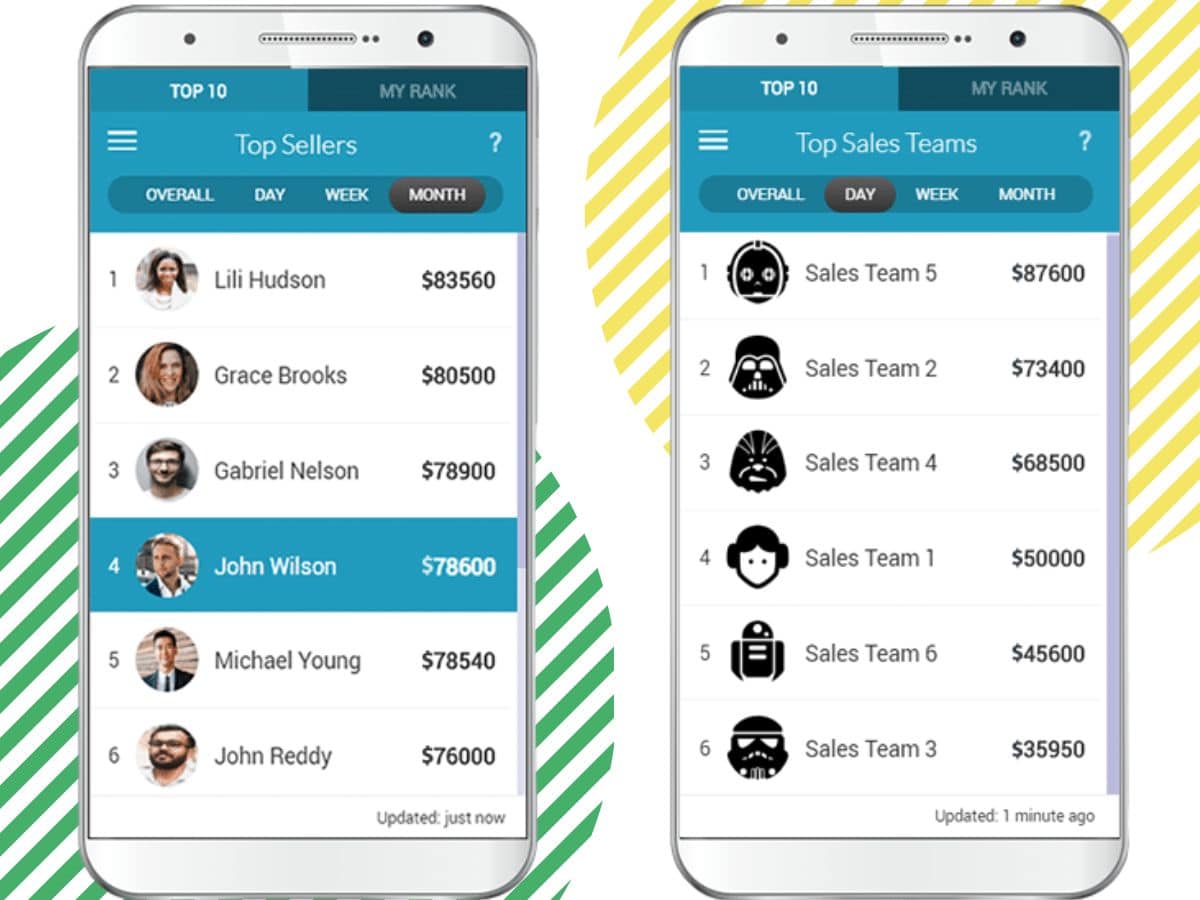
Of course, creating such a comprehensive API requires experience with the technology.
As such, companies without said experience may only be able to create a simple API without customisation. The same cannot be said for gamification SaaS platforms.
Often, their team consists of experienced developers and engineers. Hence, their ready-made tools and APIs are likely high quality.
#3. It is often more cost-efficient
The alternative to gamification SaaS is creating the APIs and tools from scratch, a.k.a. in-house gamification. This option typically involves several expenses, such as:
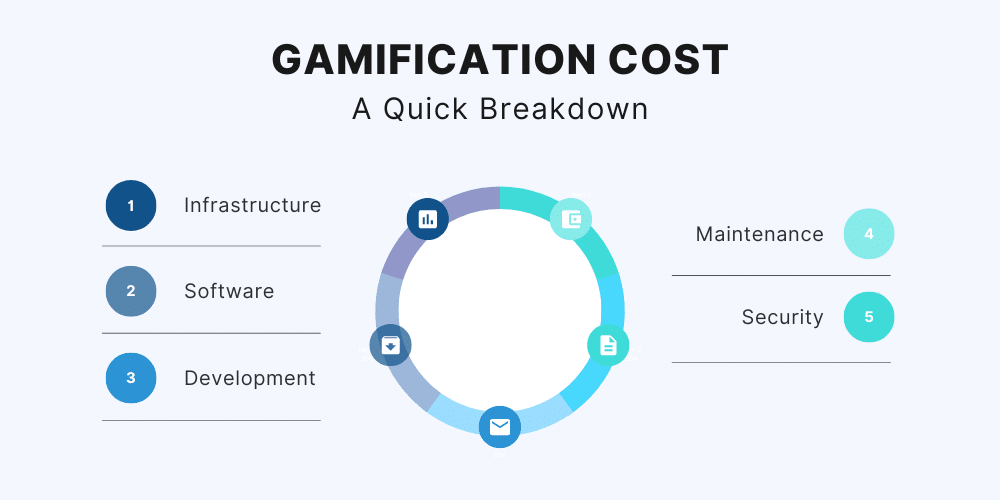
Infrastructure cost
The company must invest in the hardware hosting the gamification system.
These may include the following:
- Networking equipment.
- Storage devices (e.g., hard drives, solid-state drives, etc.).
- Server hardware.
- Connectors to facilitate integration.
- Failover mechanisms.
- Redundant power supplies.
Apart from the hardware, there are also costs associated with their installation.
Software licensing
If there is hardware, you would also need software for the system.
You’ll likely have to pay a monthly subscription to these pieces of software for their licences. Below is a list of software that is often necessary for gamification development:
- Authoring tools.
- Security software.
- Cloud solutions (e.g., Google Cloud, AWS, Azure, etc.).
- Database management software.
Development costs
Since you have nothing to work with, you must develop gamification APIs and tools from scratch. This requires you to hire developers or at least train your existing employees.
Regardless, the API development costs would further your total expenses.
Maintenance
Your work doesn’t end after the initial development of your gamification features.
Like most software, ongoing maintenance will be necessary. Naturally, you’d have to assign some team members that responsibility, which would cost money, time, and effort.
Security measures
Unless you don’t care much about your system’s compromise, you must invest in security measures. These may include encryption technologies, firewalls, and the like, which will cost money.
While gamification SaaS solutions offer varying offers, most offload these expenses. They handle these expenses independently, so you don’t have to. And often, their prices are lower than what you would have had to spend on in-house development.
In short, it is cost-efficient. But apart from that, gamification SaaS also offers simplicity. Rather than allocating a budget for dozens of different expenses, you only budget for one.
#4. Gamification SaaS typically offer continuous support and updates
When implementing gamification in-house, there’s a need to assign the responsibility of maintenance to a few developers. And yes, updates are crucial, and for several reasons:
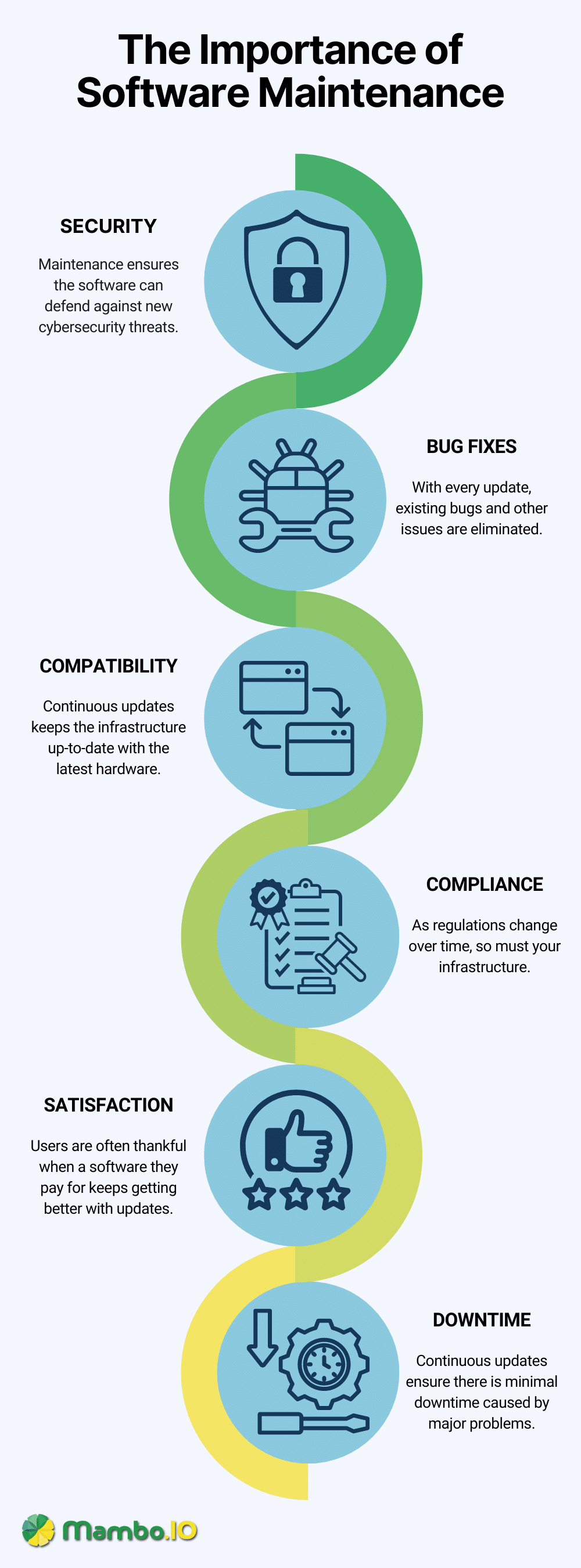
Security
Cybersecurity threats are constantly evolving.
It’s not uncommon for a new type of malware to suddenly appear. In this case, systems not equipped to defend against them will be highly vulnerable.
Updates ensure that the gamification system is always secure against cybersecurity threats.
Bug fixes
Bugs are yet another constant in software development. The software or app users would uncover bugs regularly, and they would not end.
That’s especially true if the gamification system regularly receives functionality and quality-of-life updates. Updates minimise the occurrence of bugs and other kinds of issues.
Compatibility
Once in a while, the frameworks or APIs used to develop the system may require updates.
In some cases, the outdated version may become incompatible with newer systems. As such, there’s a need to update these components to ensure compatibility regularly.
Compliance
Like cybersecurity threats, compliance is also constantly evolving.
The laws or regulations regarding data privacy may be modified, for one. Regular updates ensure your gamification system is missed violating the new regulations.
Customer satisfaction
Most users like seeing that the software they paid for, or are paying for, still keeps giving.
That can be through updates or patches. It gives the impression that the developers want the best for the users. And in turn, this improves the satisfaction and loyalty of such users.
Continuous updates offer numerous benefits. But at the same time, it poses the disadvantage of dividing your team’s attention.
Now, reduced manpower is typically but an inconvenience.
However, taking on another project while this is going on becomes a huge disadvantage. Updates should last indefinitely, after all.
Gamification SaaS takes this responsibility off your shoulders. After all, the resources belong to them, so updating them falls on the service provider.
Reduced downtime
In addition, SaaS platforms would also typically offer continuous support in case of questions or concerns.
For instance, you can send a query if an API isn’t working as intended. Response times may vary, of course, but the existence of such an option is good enough.
#5. Most gamification SaaS solutions are scalable
Scalability is an essential part of a gamification system, or any other system, for that matter. It determines the platform’s ability to handle increasing demand, whether in users or data. Without scalability in a system, several issues may occur, such as the following:
Performance decay
Every system will have a maximum capacity. Once a system reaches this limit or capacity, its performance will gradually decay.
This performance “decay” may come in many forms, such as:
- Slower loading times.
- Delays in features that should update in real-time, like leaderboards.
- Slow or laggy interactions.
- Sudden crashes or errors.
- Restricted access to certain features.
Limited user capacity
Non-scalable systems typically have a limited user capacity.
It can only accommodate an incredibly finite number of users. Aspiring users cannot create an account or use the platform if it ever reaches that capacity.
Frequent downtime
Downtime is inevitable if the platform continues to receive increasing demands without any action taken by the scaling department. In short, the system may shut down entirely.
Granted, it is typically only temporary, but it would most certainly affect user experience negatively. After all, no one likes getting interrupted by error messages or redirected to error pages.
Cost inefficiency
Amid these issues, there’s a good chance the developer would attempt to scale the platform by force. But as it was never made scalable, there will be consequences.
Normally, it involves leveraging cloud computing to dynamically provision resources like computing power, servers, and storage. However, if the platform isn’t inherently scalable, there is a need to purchase additional hardware and software, which is inefficient.
Lost opportunities
These issues would limit the organisation’s ability to capitalise on its growth. The opportunities that would have led the product to success would be lost, perhaps forever.
Negative user perception
In addition, negative user perception would await your product when all it’s known for is frequent downtime and performance issues. Take Friendster, for example.
It failed for numerous reasons, but performance issues were major in its downfall. Since it wasn’t scalable, its rapid growth led to performance issues. Dissatisfaction grew among users, which made it easier to lose their users to competitors like Facebook.

Source: Productmint
Remember that you don’t automatically reap the benefits of gamification SaaS the moment you opt for it. While the concept revolves around its convenience, it takes a bit of work.
It’s not just a matter of applying gamification techniques and waiting for the magic to happen. You would also have to put in work choosing the right SaaS provider.
What to look for in a gamification SaaS platform
Gamification SaaS platforms can vary vastly in several aspects.
As such, it’s advisable to evaluate the offerings of the companies you’re considering first. In particular, you’d want to consider the following aspects of the service provider’s offerings.

#1. Gamification features
Gamification features are the main reason why you considered gamification SaaS.
So, it is only fitting if that’s the first thing you evaluate. In particular, the platform should offer APIs for the specific gamification elements you need. But as a general rule of thumb, the gamification SaaS provider should always provide a wide array of gamification features.
Here’s a more detailed breakdown of what elements to look for:
- Achievements.
- Badges.
- Leaderboards.
- Level systems.
- Point systems.
- Progress bars/tracking.
- Quests and challenges.
- Social interactions.
- Rewards or incentives.
The features you must look for depending on your purpose.
Furthermore, you shouldn’t fixate on the number of features the SaaS platform offers. You must also consider the complexity or flexibility each gamification feature presents.
A high-quality leaderboard API would be capable of real-time updates. Granted, that can be quite difficult to evaluate, but that’s precisely why there are demos.
#2. Trial period or demo
Most SaaS platforms allow potential clients to try out their software through demos.
Gamification SaaS is no exception.
Through demos, you can experience what the platform offers for free. Granted, it may have limitations, but the demo is often enough to tell you if the software is worthwhile.
Before the demo, it would help clarify your objectives and what you hope to accomplish through gamification.
Doing so makes it easier for the representative to show you the features that truly matter to your goals. In short, it allows them to tailor the demo to address your specific needs.
Also, make sure you ask questions to gather more insights.
#3. Ease of integration
Aside from the quality of each gamification element, you must also consider how easy they are to integrate. The easier, the better. But how do you evaluate the ease of integration?
For starters, you can check the documentation of their APIs. That should allow you to determine the specs of the API. Code snippets should also help in this regard.
You might also want to look for widgets, particularly, as those are typically the easiest to integrate. Much like browser extensions, they are easily integrable and even customisable.
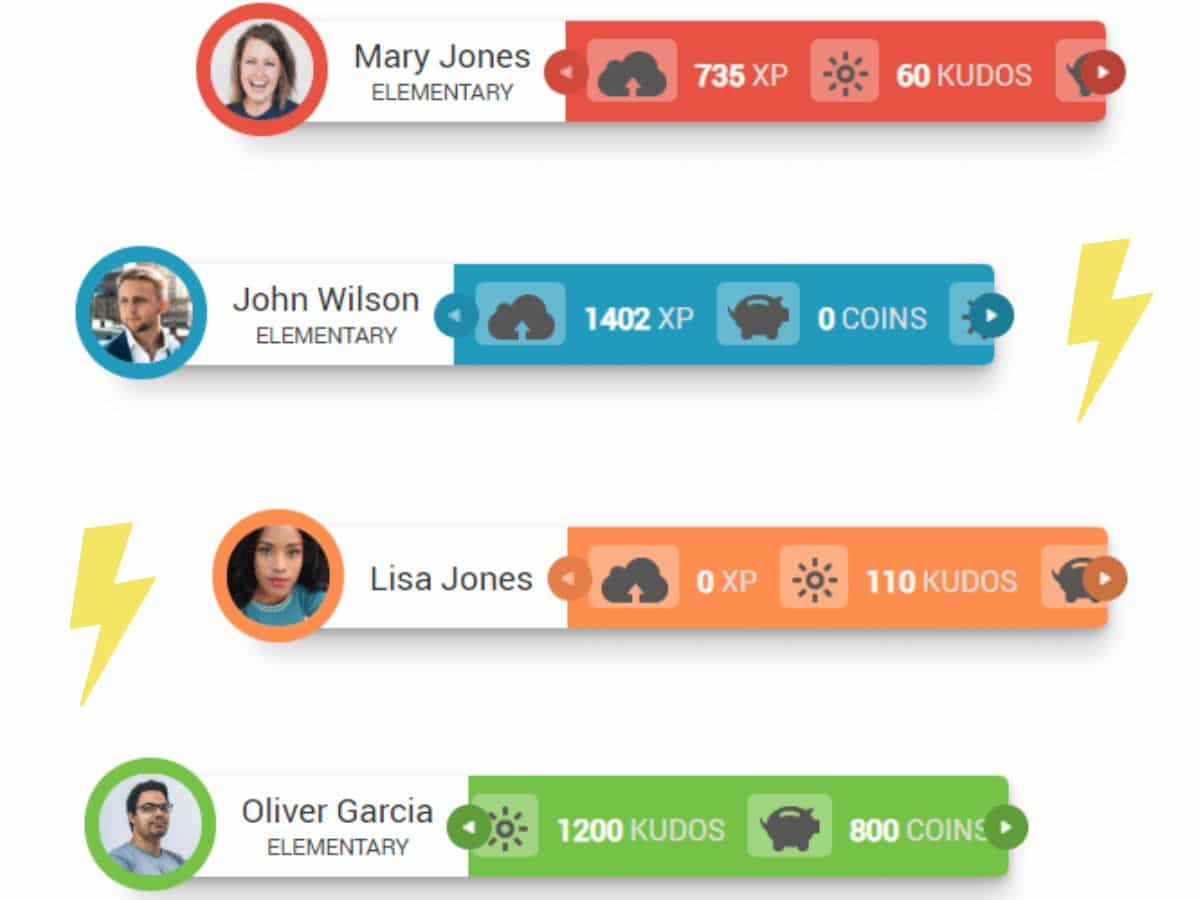
Another way to “test” the ease of integration of their gamification APIs would be through use cases. Most likely, the service provider has information on specific use cases.
All you have to do is look into each use case study according to your platform. For instance, if you want to gamify a CRM software, look into that provider’s past CRM case studies.
The same can be said for other platforms, be it a customer support software or project management tool. The provider should have corresponding case studies.
Furthermore, certain gamification SaaS platforms might charge additional costs associated with integration. They may require licensing fees for data transfer infrastructures.
While it’s not necessarily a bad thing, it would help to know about such fees beforehand.
#4. Additional features and elements
Apart from the game features, you should look into other features. Just because it’s a gamification SaaS platform doesn’t mean it’s okay to be lacking in non-gamification elements. In particular, you also want to evaluate the following features:
Analytics and reporting
Often, you would want to track your platform’s conversation rates, user behaviour, and other KPIs to evaluate your success.
Analytics and reporting features are what make this possible in gamification SaaS.
Profile management
This feature would be particularly handy if your platform requires the user to create an account. It allows you to manage and organise user accounts or profiles securely.
Content management
eLearning apps and other platforms that require content would benefit a lot from content creation tools. This feature allows you, the admin, to easily add, update, and organise content within the system.
Localisation
If you operate in multiple regions, look for gamification SaaS that offers localisation and multilingual support.
This element allows the system to change the content, particularly the texts, to fit in the geographical context. For instance, users in Korea would see Korean characters, and the UK user base would only see British English.
#5. Customisation
Ready-made APIs typically have a set configuration. While that’s not necessarily a disadvantage, it can be if you want to integrate gamification uniquely.
If that’s the case, you must look specifically for gamification SaaS platforms that allow you to customise game elements.
Such platforms might allow you to create custom types of points or rewards. It would be best if their APIs were customisable so you can change certain elements of their corresponding features.
#6. Scalability
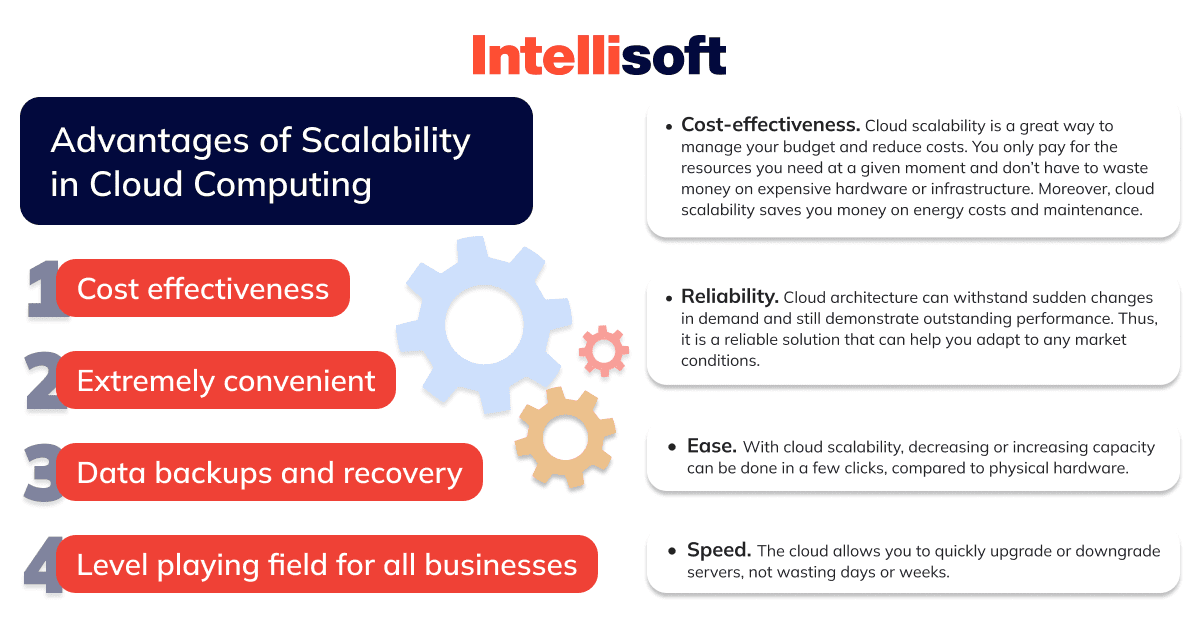
Source: Intellisoft
As stated earlier, scalability is an essential part of gamification SaaS, or any SaaS solution, for that matter. But how does one evaluate the scalability of a platform? you may ask.
First, you can simply inquire about the platform’s performance when subjected to large data volumes or increased activity. You should also ask about any failover or redundancy mechanisms which help in the event of excessive usage.
But as always, case studies are still the most reliable way to evaluate a platform’s scalability in practice. References would be a good place to find such case studies.
RESTful architectures are a particularly excellent option in this regard. That’s because they are inherently scalable, and as such, these architectures can handle increasing loads of users and data volumes. Hence, REST is especially popular among growing companies.
#7. Security and compliance
If you’re particularly keen on security, then you might want to prioritise platforms that maintain the following security measures:
- Data encryption and secure protocols like HTTPS.
- Authentication methods on APIs, such as API keys and OAuth.
- Rate limiting to prevent excessive usage or any type of usage abuse.
- Error handling.
- Access controls.
- Encrypted data storage.
As far as compliance goes, it is as simple as looking into the service provider’s website. Make sure they have obtained the relevant compliance validations and certifications.
Examples include:
- Service Organization Control 2 (SOC 2)
- ISO 27001.
- Payment Card Industry Data Security Standard (PCI DSS).
- General Data Protection Regulation (GDPR).
#8. Customer support/documentation
Downtime is often unpredictable and unavoidable when it comes to SaaS solutions.
While it cannot be completely avoided, the service provider can at least make sure the damage done is minimal. Customer support and documentation should make that possible.

Take, for example, Mambo.io’s support page, wherein they provide a variety of ways for clients to resolve an issue. In particular, they make it clear how seriously they take any issue you have, depending on its severity. They also outline their support policies.
#9. Industry experience
Those that have been operating for a long time are often safer options than those that are only starting. And they most likely know the different industries much better.
That means their gamification use cases for each industry have already gone through much development. As such, it has been tailored much better through years of testing.
Takeaways: gamification SaaS
We’ve said it before, and I’ll say it again: gamification SaaS is not a one-size-fits-all solution. But if it does fit into your platform, you can expect to reap numerous benefits if you can leverage it properly.
For one, you can increase user engagement without putting in even half the effort other organisations would have into implementation.
Of course, it all depends on whether you can choose the right gamification SaaS provider for your company. Hopefully, this guide has been of help to you in that regard.
However, if, even with this guide, you haven’t found a potential gamification SaaS provider, you might want to consider Mambo.
Their rich REST APIs feature ease of integration, scalability, and customizability, among many things. They also allow clients to try out their software through a demo. Book a demo now and find out what Mambo has to offer.
Latest Posts
Machine Learning In Finance: 12 Essential Applications
The impact of machine learning on finance is significant. Thanks to this technology, financial institutions are now equipped to make efficient decisions. Through the analysis of data sets, machine learning […]
How To Create Interactive Compliance Training For Bank Employees
Banking compliance training isn’t just another task. It’s the stage where everything else performs. Banks must navigate a myriad of regulations and laws. After all, this is a trust-driven, high-stakes […]
How Fintech Apps Are Using Gamification To Increase User Engagement
Discover how gamification in fintech is revolutionizing financial engagement, making banking fun & boosting user loyalty.

